ironman123
Member
After blanks are wrapped in foil and placed in toaster oven, is it possible to "over cook" them, like leaving at 200 degrees for 2.5 hours?
Ray
Ray
Without 'high jacking' Ray's thread here, can someone kindly post a picture here of what a 'typical' stabilized pen blank should like? I suspect that one would see "glazing" from the polymerization of the chemical being used. A picture(s) would really be useful as to what the results should look like.
Hmmmm. . . .that's informative, but discouraging to me. My first run came out like they were wrapped in cellophane. I'll start a new thread after taking some pictures so I don't steal Ray's thread.
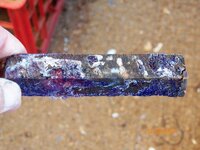

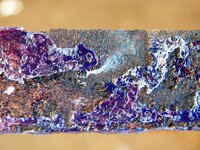
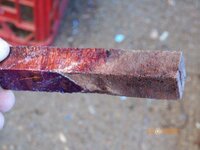
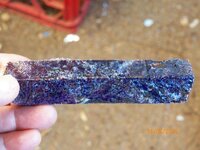
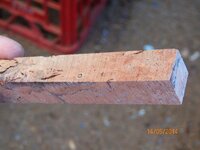
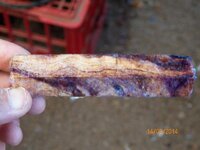
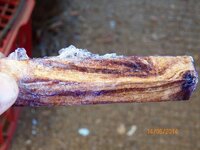
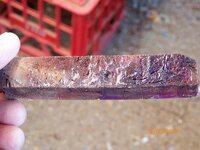
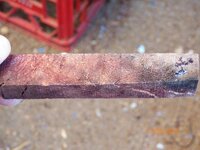
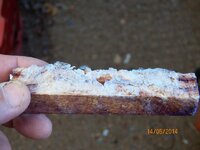
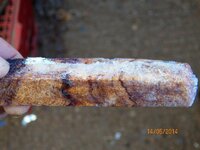
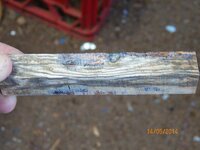
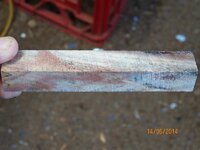
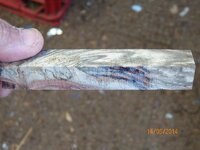
Thanks George, that is exactly what I was waiting to see. Pictures are indeed worth a thousand+ words.
I think my main problem was not letting them drain long enough. They look more like the ones in the first two pictures in the bottom row than any of the others.
I'm also going to buy a small scale as a check on how well I'm drying them prior to stabilizing. I let them dry at 200 °F (as measured by 2 oven thermometers) for 24 hr before stabilizing, and that was after letting them air dry "jenga style" in my cozy basement shop for 6 months. I don't like not knowing whether I've hit maximum dryness.
I'll be trying a batch of FOG wood for my PITH pen, but it needs to finish drying first.
I might even get a chance this weekend to turn a pen using platypus gum! :biggrin:
Thanks for all of the helpful hints.
I've had them in the oven for 5 or 6 hours and not had a problem.
Draining the blanks makes no difference, Brian. Not sure which blanks or George's are the one you mention since I am on my iPad and the rows are different. I am guessing it is the ones with the white looking excess. If so, that is 100% positively the result of the wood not being 100% dry.
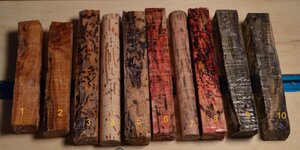
...
Well, in this specific case, what made the wood soak and maintain so much juice inside before curing was the "Silica" something that all Acacia species have but some more than others and the Golden Wattle is certainly on of the ones with plenty of silica. That same silica when expose to heat, expands considerably, squeezing all that juice out, that was soaked in excess anyway so, the juice that stayed in the wood was all of what could fit in within the wood cells, allowing still the wood to become nicely hardened by the process. They require some extra cleaning up but, a small price to pay for salvaging blanks that would be unworkable due to their softness.
...
Cheers
George
